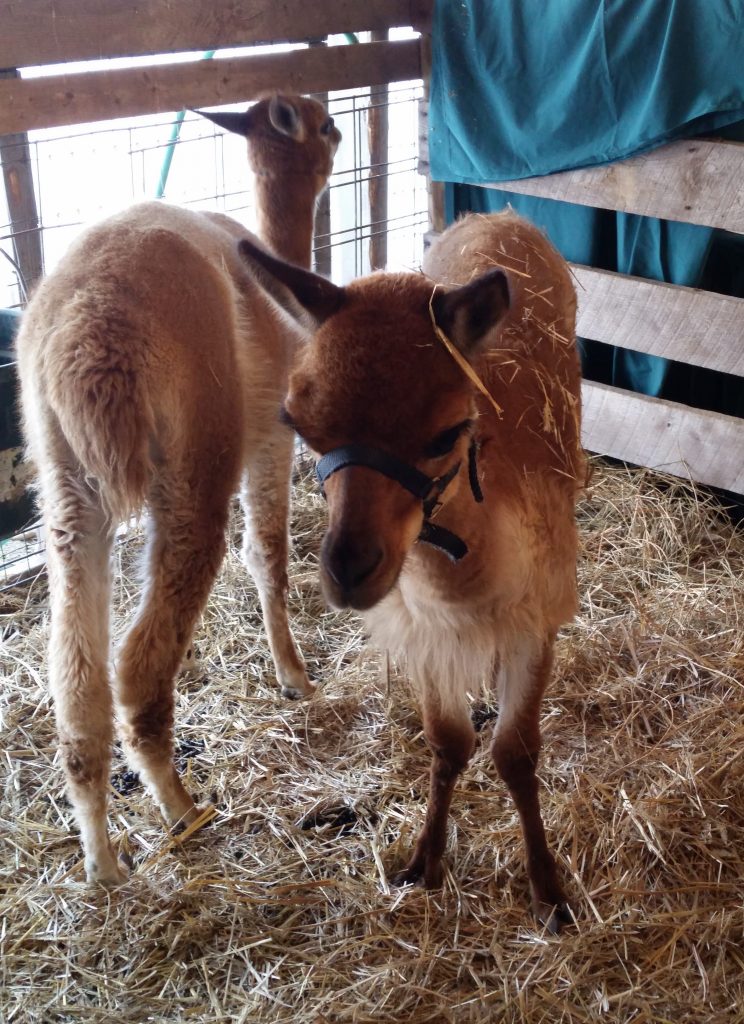There’s been some turmoil in the Pantsuit Nation Facebook group, a “secret” group of Hillary Clinton supporters that was born in the weeks before the election and ballooned to more than 3.5 million members as of this writing. While I think the group started out primarily female, it now includes Americans from every gender, race, class, ethnicity, and sexual orientation. It was inevitable that conflict would arise.
The post that has gotten a lot of attention (thank you, Husband, for drawing my attention to it), is one in which a Black woman calls out racism in the group and says she is leaving because she doesn’t feel welcome. The poster takes pains to point out that it is not bigotry or overt attacks that she has experienced, but rather the insidious, institutionalized racism that so permeates American culture.
The comments on this post–over 3,000 when I saw it earlier this evening; I’m not able to find it easily on the page right now–run the gamut from supportive to confused to hostile. There were some who begged the woman not to leave, but to “stay and teach us.” And there were comments from others pointing out that it is not the job of women of color to educate white women on what it’s like to be a woman of color.
This post is an attempt to help those white women who are genuinely confused about this woman’s experience and who do want to be educated. I hope, if you’re reading this, you will use the information here as a starting place. I hope this post gives you enough information to figure out what you don’t know, a place to begin your Google search, and that it will spark a desire to know more. And that what you learn here and in your future research will inform and influence your actions in our fight going forward.
To start off with, let’s take a look at what racism looks like in America.
First, let’s agree that America is a racist society. It’s in our soil, and we’ve been eating the fruits of that soil for generations. It’s in us, all of us, white and non-white alike. We eat racism, drink racism, breathe racism. It’s there, whether we want it or not. And we have to work really hard to get rid of it.
The first step to getting rid of it is to recognize and name it.
This next bit comes directly from the Racial Justice curriculum created by my colleague, the Rev. Da Vita McCallister, for the Connecticut Conference of the United Church of Christ. You can read about her ministry here. In short, she is insightful, compassionate, and absolutely dedicated to eradicating racism. She is the one who taught me that I didn’t even know what I didn’t know. She is the one who awakened the social justice spirit inside me.
Racism exists in four realms: Personal, Interpersonal, Institutional, and Cultural.
The first two are pretty easy to identify and are what most people think of when you say “racism.”
Personal Racism is the thoughts that exist only in your head. You may never admit to them, you may never utter them aloud, but they exist within you. Personal Racism is what you carry around with you every day: It’s thoughts like, “She doesn’t belong here;” “Why do they always have to make it about race?” “I don’t understand why they can’t just be more like us.”
Interpersonal Racism is the racism that exists between two or more people. This is where the insults, the discrimination, and the bigotry live. Interpersonal Racism is the graffiti of racial slurs sprayed on elementary schools, the taunting on the playground. You know Interpersonal Racism when you see it.
The next two realms can be harder to recognize, and they have been getting more attention in the national debate lately. This is what people have trouble with.
Institutional Racism is racism that is written into law and policy. It is the school-to-prison pipeline that leads to a prison population that is 61% Black or Latino compared to a general population that is 30% Black or Latino. PBS has an excellent fact sheet that explains the statistics. Institutional Racism is the company policy against dreadlocks. It is the difference in outcome when a white motorist is pulled over by police versus when a black motorist is pulled over. Institutional Racism sometimes doesn’t look like racism because it is embedded in the very laws that we rely on to structure our society.
If you don’t believe in Institutional Racism, start with examining the statistics linked above, and then look into statistics about who lives in the the “worst” parts of cities, who is most impacted by environmental disasters, who holds the most real estate. Institutional Racism is revealed in statistics.
Cultural Racism is easiest to see in the television and movies we consume. Black=bad and white=good. How often is the bad guy a person of color? How often is the one character of color in the show an amalgamation of every racial stereotype associated with the character’s ascribed race? These portrayals of race in media seep into our subconscious in the exact same way that the impossible beauty standards of supermodels do.
While Personal and Interpersonal Racism should never be tolerated (and are what were espoused by our president-elect during the campaign), it is Institutional and Cultural Racism that are really sinking our country right now. And that is what the poster on Facebook was calling out.
(“Microagression” is another term to research. And if you are confused about “privilege,” which is another important term in this discussion, start with Peggy McIntosh’s seminal essay, “White Privilege: Unpacking the Invisible Knapsack,” written way back in 1989.)
Now that we understand some of the ways in which racism works in American society, let’s move on to the more complicated issue of intersectionality.
I dug out my Critical Lit anthology from grad school to brush up on this one.
The Women’s Liberation Movement of the 1970s fractured under the stress of unrecognized intersectionality. My frustration when I read comments on posts like the one I’m talking about stems from the fact that WE ALREADY HAD THIS CONVERSATION.
Intersectionality is the idea that different minority identifications interplay with one another. In this case, the first layer of minority is “woman.” Women are treated unequally in society, so they band together to work against the patriarchy.
But within this group of women are Black women (and Latina, Asian, Filipino, etc.). And the Black women find themselves marginalized within the Women’s Liberation movement. And when they speak up about it, they are dismissed by the white women who are running things. In the exact same way the white women are dismissed by the men running the patriarchy.
Add in another minority layer of “lesbian,” and just imagine what your experience is like.
So I pulled out Barbara Smith’s essay, “Toward a Black Feminist Criticism,” written in 1977 criticizing the monoculture of the Second Wave Feminist Movement. 1977. These ideas are not new. But they are important enough to quote in blocks. I am using the the text found in The Critical Tradition: Classic Tests and Contemporary Trends, edited by David H. Richter, 1998, Bedford Books: Boston:
All segments of the literary world–whether establishment, progressive, Black, female, or lesbian–do not know, or at least act as if they do not know, that Black women writers and Black lesbian writers exist.
For whites, this specialized lack of knowledge is inextricably connected to their not knowing in any concrete or politically transforming way that Black women of any description dwell in this place. Black women’s existence, experience, and culture and the brutally complex systems of oppression which shape these are in the “real world” of white and/or male consciousness beneath consideration, invisible, unknown.
This invisibility, which goes beyond anything that either Black men or white women experience and tell about in their writing, is one reason it is so difficult for me to know where to start. It seems overwhelming to break such a massive silence. Even more numbing, however, is the realization that so many of the women who will read this have not yet noticed us missing either from their reading matter, their politics, or their lives.
This is why that Black woman wants to leave the Pantsuit Nation Facebook group. Still, almost 40 years after Smith wrote these words, the testimony of Black American women is dismissed, buried, and unheard. White women still do not even see Black women, and they don’t believe them when they report racism in what is supposed to be a progressive community. And this is why it is so disrespectful to ask the woman who was brave enough to name the racism to help educate us white women who have never experienced a single moment of racism.
A quick search seems to suggest the full text of Smith’s essay is not available online for free. JSTOR has it, if you have access to that. You can buy it at Amazon or, I’m sure, find it at a library (interlibrary loan is a thing, too). It’s worth reading in full.
This is just an introduction. There is so much more to read about how racism permeates our very existence in America. If you are confused about why Trump’s blatantly racist statements struck a chord in a large section of the voting population, start reading. Search out writings by people who don’t look like you, and listen to them. Believe them when they report a different experience from what you know. Share them with people who look like you; boost their signal. Don’t talk over them.
And then join in the fight.


Recent Comments